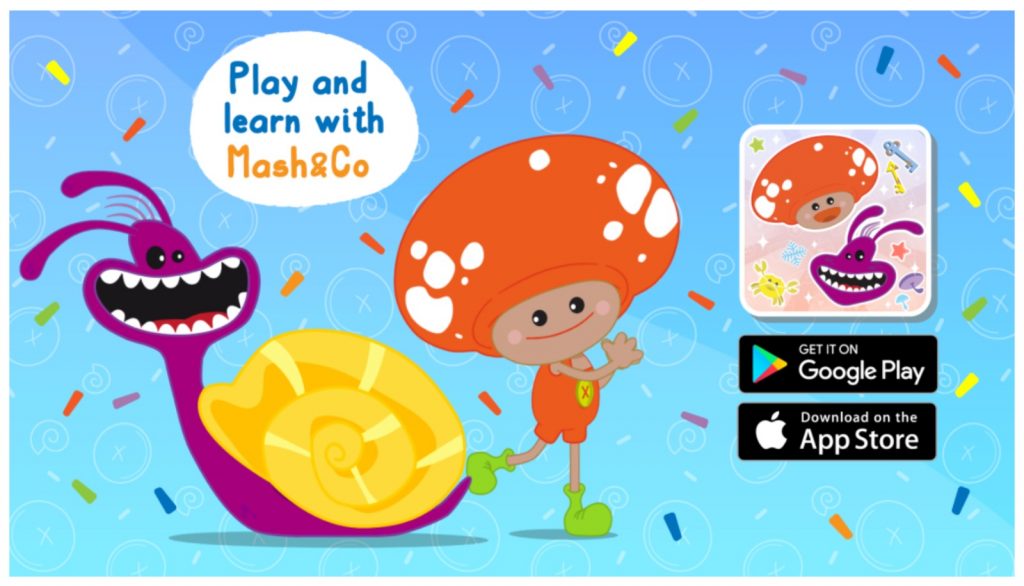Understanding and Managing Temper Tantrums in Toddlers and Preschoolers
Dealing with a child throwing tantrums is probably one of your greatest challenges as a parent. While it is normal for a toddler or preschooler to have some occasions of tantrums, it can be frustrating for you, especially when your child melts down in public.
Interacting with your child while he’s throwing tantrums is crucial. How you respond and what you say will either calm him down or… just make things worse. So how do you it? The key is in understanding what your child is going through and learning how to manage these bursts of emotions when they occur.
What are Temper Tantrums?
A tantrum is a child’s expression when he ‘loses it’, which involves outbursts of anger, frustration, and disorganized behavior. It ranges from crying and screaming to kicking, running away, breaking things, and being aggressive.
Why Do Kids Have Tantrums?
Tantrums are a normal part of a child’s development, and they happen when a kid is hungry, tired, or uncomfortable. It is a toddler’s way to show that he is upset or frustrated, especially that he doesn’t have the words to express big emotions.
READ ALSO: BUILDING BLOCKS: A GAME FOR KIDS AND GROWNUPS
How to Prevent Temper Tantrums?
As a parent, you can do the following to make tantrums less likely to happen to your child:
-Reducing your child’s stress by feeding him if he’s hungry and getting him rest if he’s tired
-Tuning in to your child’s feelings by talking about what’s going on and helping him to manage difficult emotions
-Identifying tantrum triggers and planning out how to avoid situations that will trigger them
-Talking about emotions with your child by encouraging him to name the feeling and what caused it when he struggles with strong emotion
-Being consistent by establishing a daily routine and sticking to it so that your child knows what to expect
-Planning ahead, especially if you are going to run errands with your child
-Letting your child make appropriate choices, giving him a sense of control, and avoid saying no to everything
-Praising your child’s good behavior and offering extra attention when he behaves well
How to Manage Temper Tantrums?
Staying calm (or pretending to)
This is the best way to respond to a tantrum. Don’t respond with angry outbursts because your child might imitate your behavior. Always keep your voice calm and level when you speak, and act slowly to give your child a chance to reset his emotion.
Waiting out the tantrum and staying close so your child
Let your child feel that you are there for him no matter what. Don’t try to reason with him or distract him because it’s already too late once a tantrum has started.
Taking charge when you need to
If your child is throwing tantrums because he wants something, don’t give what he wants. If you asked him to do something against his will, offer him some help. Stop his aggressive behavior by holding him until he calms down when he is about to hit or kick someone, or when he runs into the streets.
Instead of looking at tantrums as something disastrous, use these moments as opportunities to teach your child to learn. Don’t be hard on yourself and on your kid. Instead, focus on understanding and managing your child’s temper tantrums.
READ ALSO: FUN WAYS TO NURTURE A CHILD’S EMOTIONAL INTELLIGENCE
THE AUTHOR
Gwen Llana-Serrano is a millennial mom who works from home. She owns a content writing start-up and writes about her experience as a mom for the first time on her parenting and lifestyle blog. He also writes articles for The Asian Parent, the largest parenting website in Southeast Asia.



